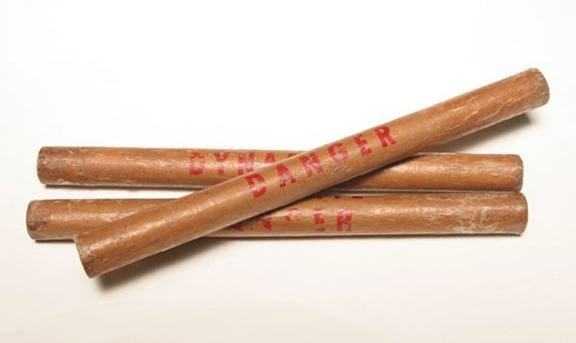“The kitchen looked as though a bomb had been thrown into it. Pots, pans, plates and chairs were smashed and the morning porridge was plastered on the ceiling.” —Cowichan Leader.
Gas stove explosions, while fortunately rare, we recognize as a fact of modern-day living. But wood stoves blowing up, back in the good old days?
Actually, yes; we know of two such incidents, both well documented, and likely there were more. In these particular cases, one had a happy ending, the other did not. Let’s start with the former.
A week before Christmas, 1919, the wife of land surveyor H.N. Clague (so she was identified in the Cowichan Leader) was preparing porridge for breakfast in the kitchen of their Relingford Road (Coronation Avenue) home. It was Friday morning of Dec. 12 and she was in the act of bending over the stove when it blew up.
Amazingly, she escaped with slight scalding of her head and legs, and daughter Betty, when retrieved from a debris field of sad irons, kitchen utensils and stoves parts, was only slightly stunned. Mother and daughter’s narrow escape was all the more remarkable for the fact that the stove had exploded “into a hundred pieces, varying in size from four inches to three feet long. Portions of metal were driven through the pantry door, the windows and ceiling.
“The kitchen looked as though a bomb had been thrown into it. Pots, pans, plates and chairs were smashed and the morning porridge was plastered on the ceiling.”
Mrs. Clague calmly phoned the Duncan Volunteer Fire Brigade then, seeing that there was no danger of a fire, she cancelled the call and waited for her husband to return from Cowichan Lake. It was surmised that the water pipes in the fire box had frozen overnight and burst upon being subjected to sudden, intense heat.
As I said, this one ended happily, at least in terms of human injury. The same, alas, couldn’t be said for a Cobble Hill housewife, three years earlier. The tragic tale of Clara Gravenor is probably the best-remembered, most talked about Chronicle of the past 19 years. Not because her stove blew up and killed her but for the even more extraordinary circumstances of her death.
She and her husband, A.H. Gravenor, had a small stump farm and he was in the laborious process of clearing the land, for which he needed, among other things, black powder and dynamite. Now, for those living on the frontier in similar circumstances, working with explosives was no big deal; they did it all the time, rarely with mishap. On this particular Saturday afternoon, she’d come home to find that he’d spread the contents of two boxes of powder — 150 sticks — around the stove to dry them out. Also in the kitchen were a further 15 sticks that he’d primed for use and a box of detonators.
Oh, and stored beneath the floor, immediately beneath Clara’s feet, were four cases of dynamite.
So, what did Clara do? Why, she proceeded to boil water to make a pot of tea, of course, she being, like her husband, “accustomed to powder”(!)
When she found that the milk, chilled in a creek because they had no icebox had spoiled, she asked him to walk to the neighbouring Cheeke farm to borrow some. He’d gone about a quarter of a mile, he later told a coroner’s jury, when he heard a loud explosion. He ran back to the house to find it a shambles, and no sign of Clara. When neighbours, hearing the blast, rushed to the scene they found him lying on the ground and so overcome with grief that he had to be hospitalized.
Provincial Police Const. Kier had little to work on other than what he was able to learn from Gravenor.
There was no house, no Clara, just a large crater where both had been at the time of the explosion. Kier theorized that, upon coming home to find the kitchen littered with explosives, Clara had calmly set about making a pot of tea.
For this, of course, she had to boil water on the stove and it was thought that, to add a piece of wood to the fire, she’d had to stretch to reach over the sticks of explosive; in so doing she accidentally caused a spark to fly, or in lifting the stovelid, she dropped it onto one of the volatile sticks of powder.
Or, perhaps, she hadn’t realized that her husband had also placed some of the explosives in the oven!
Judging her death by being “blown to pieces in a dynamite explosion” to have been accidental, the coroner’s jury cited A.H. Gravenor for what they politely termed his carelessness. Clara, only 22, is interred in St. Mary’s Cemetery, Somenos.
Based upon her notoriety of recent years one could argue that her headstone should bear the epitaph, Gone but not forgotten!
